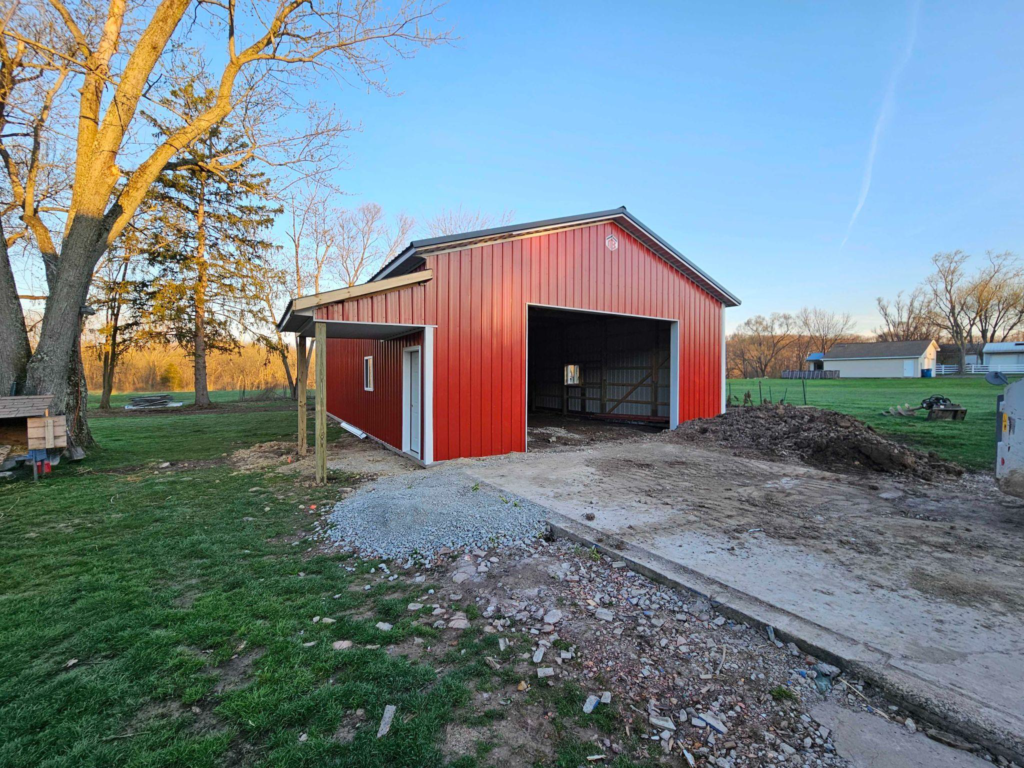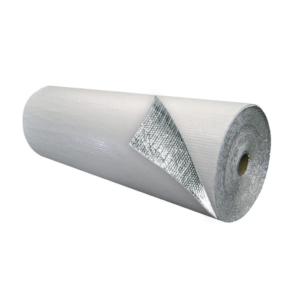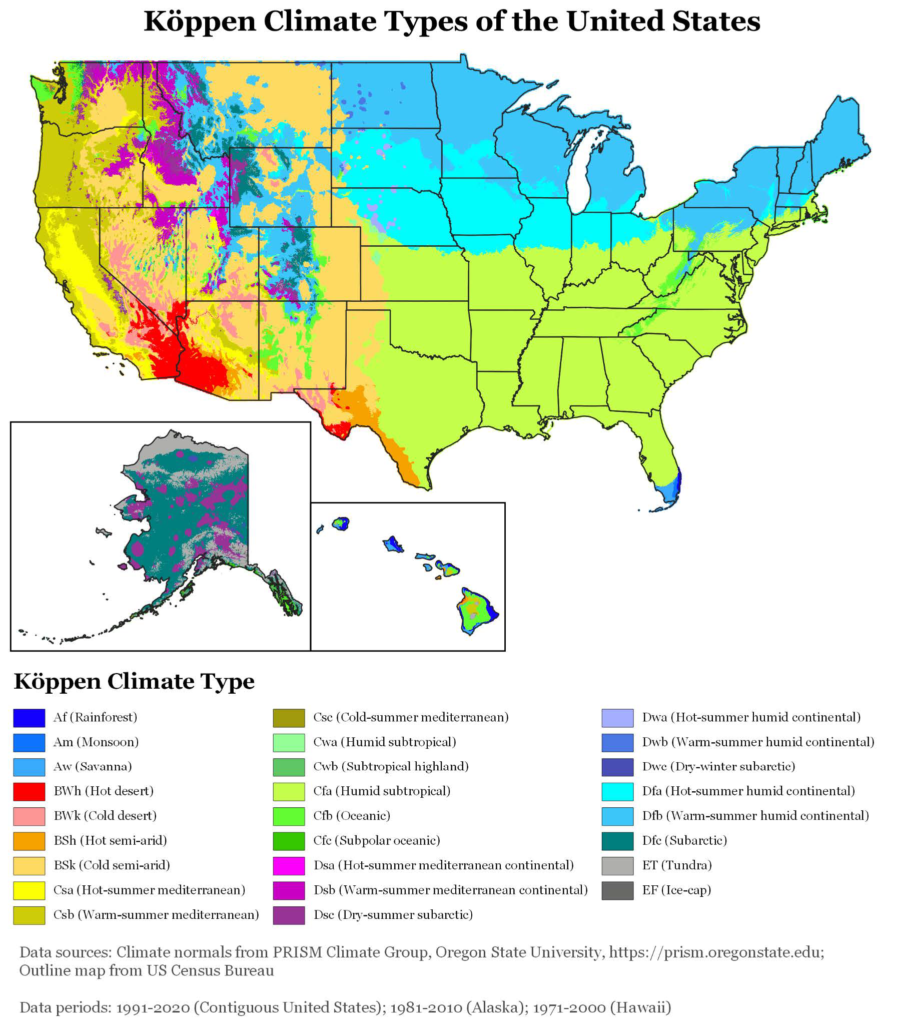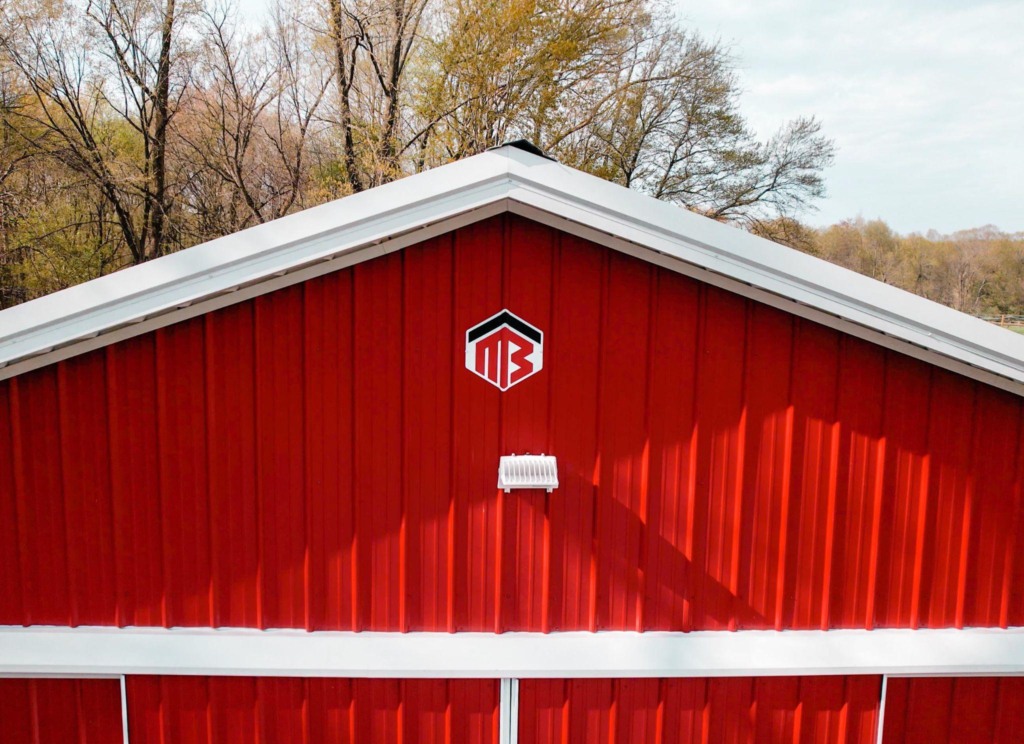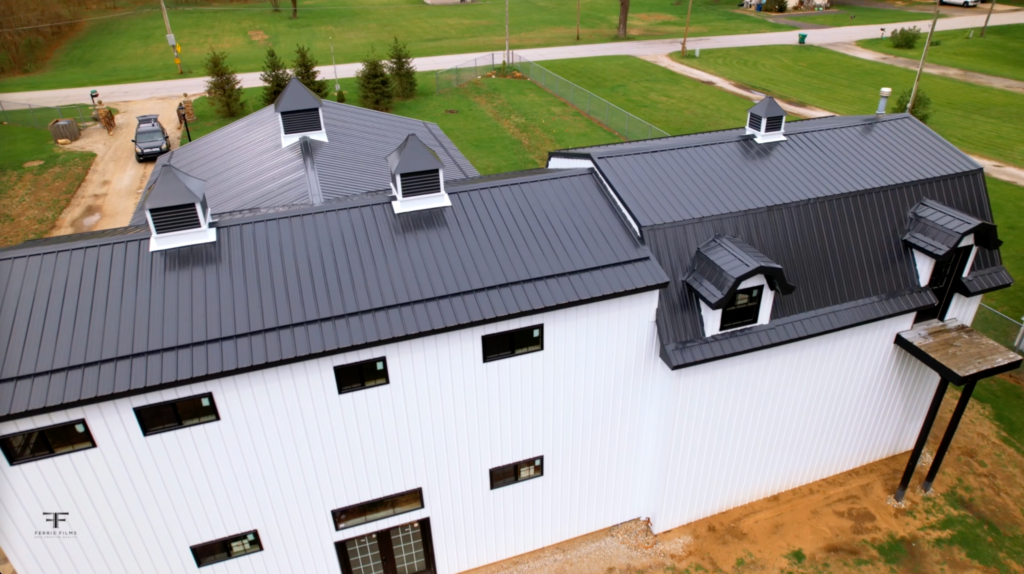
Busting the Myth: Metal Siding and Roofing:
Debunking Condensation and Mold Concerns in Post-Frame Buildings
————————-
Does metal siding and roofing cause condensation and mold?
Be sure to read the full article so you don’t miss anything!
Answer: Metal roofing/siding has been known to “sweat” condensation when installed improperly. However, when installed with a vapor barrier and the proper air flow, it is not a problem at all.
A proper vapor barrier is crucial to prevent water from getting trapped in the wall, leading to moisture-related problems such as rot, mold growth, and compromised thermal performance. If you have a metal roof, you will want your builder to install a vapor barrier underneath it like Drip-Stop or single bubble vinyl layer. This protective layer acts as a barrier against moisture, ensuring the longevity and structural integrity of your building. Don’t underestimate the importance of a vapor barrier in safeguarding your property from potential issues down the line.
When assessing the potential impact of condensation and mold on metal siding and roofing, several factors come into play:
- Climate and Location: Humid climates increase the likelihood of condensation and mold formation. Understanding the local weather patterns and moisture levels is crucial.
By Icy98 – Own work, CC BY-SA 4.0, https://commons.wikimedia.org/w/index.php?curid=115035327
Our local area of LaPorte, Indiana, experiences a humid continental climate with warm summers and cold winters. In general, humid climates tend to have higher condensation levels. Factors such as local temperature, humidity levels, and proximity to water bodies can influence condensation in the area.
The entire state of Indiana falls into the hot-summer humid continental climate category. This climate classification includes four different seasons as well as moderately high humidity and precipitation.
- Ventilation and Insulation: Proper ventilation and insulation systems play a significant role in controlling condensation. Adequate airflow and insulation help prevent moisture buildup.
- Building Design: The structure’s design affects airflow and moisture management. Factors like eave overhangs, vapor barriers, and adequate drainage systems can minimize condensation risks.
- Maintenance Practices: Regular maintenance, including cleaning gutters and ensuring proper drainage, can prevent water accumulation and minimize the potential for mold growth.
- Moisture Sources: Identify potential sources of moisture within the building, such as plumbing leaks or inadequate waterproofing, and address them promptly to prevent excessive condensation.
- Material Selection: Different types of metal siding and roofing may vary in their susceptibility to condensation and mold. Researching and selecting materials with appropriate coatings and insulation properties can make a difference.
- Building Usage: The purpose and activities within the building can contribute to moisture levels. High-humidity activities, such as indoor pools, animal containment or greenhouses, require extra precautions to manage condensation.
Considering these factors will help evaluate the potential impact of condensation and mold on metal siding and roofing, enabling effective prevention and maintenance strategies.
The answer for condensation control
When controlling condensation in buildings, ventilation emerges as a crucial solution. Proper airflow in a building applies to most construction methods, except those employing a conditioned attic space such as when spray foam is applied directly to the underside of the roof. Adequate ventilation allows for air exchange, reducing moisture buildup and the likelihood of condensation.
Another effective tool to combat condensation is the utilization of vapor barriers. These barriers help impede moisture movement from the living space into the attic to defend against condensation-related issues. Incorporating proper ventilation and employing vapor barriers can enhance condensation control measures in your building project.
The Benefits of Metal Siding and Roofing
Despite the potential for mold and condensation issues, metal siding and roofing offer many benefits for both residential and commercial buildings, including:
Durability
Metal panels are resistant to many common issues that can plague other roofing materials, such as rot, insect damage, and fire.
Energy efficiency
Metal siding and roofing can help to reduce energy costs by reflecting solar heat and providing superior insulation.
Low maintenance
Metal panels require minimal upkeep compared to other siding and roofing materials, and with proper care, can last for decades.
Aesthetic appeal
Metal siding and roofing are available in a wide range of colors and styles, making it easy to find a look that complements your building’s design.
Tips for Maintaining Metal Siding and Roofing:
To ensure your metal siding and roofing continues to prevent mold and condensation effectively, follow these maintenance tips:
Regular Cleaning:
Periodically clean your metal surfaces to remove dirt, debris, and potential mold spores. Use a mild detergent and a soft-bristle brush to gently scrub the surface. Avoid abrasive materials that could scratch the metal.
Inspect and Repair:
Regularly inspect your siding and roofing for any signs of damage and promptly address them. Inspect your metal siding and roofing at least once a year to check for any signs of damage, including loose panels, rust spots, or compromised sealants. Damaged areas can compromise the effectiveness of moisture resistance.
Maintain Gutters and Drainage:
Ensure your gutters are clear of debris and functioning properly. Proper drainage prevents water buildup and potential moisture-related issues.
Conclusion
Metal roofing is renowned for its excellent ability to shed water. Unlike materials that are prone to absorption, metal has a natural tendency to wick away rainwater and moisture. However, it’s important to note that condensation can still occur regardless of the roofing material, including metal if your home lacks proper insulation and ventilation. Without adequate building measures, condensation buildup can gradually lead to mold growth. Therefore, while metal roofing offers inherent advantages, ensuring adequate protection is crucial for effectively managing condensation and preventing mold formation.
MilMar Buildings is more than capable of assisting you with your post-frame building project. Speak with our experts today!
Written by Shane Ferris
As a video production specialist, Shane has been involved in business marketing and advertising since 2018. In addition to his professional pursuits, several times each year, he embarks on trips to different countries to provide aid to charitable organizations and non-profits. . At MilMar Buildings Shane is a part of the marketing team implementing strategies for social media content and growth.
If you have any additional inquiries that haven’t been addressed in this article, please don’t hesitate to reach out. For assistance with designing and planning your project, you can contact MilMar Buildings at 260-440-3190 or send us an email by clicking here. Our dedicated Customer Engagement Team will be happy to assist you in determining the next steps for your project.
